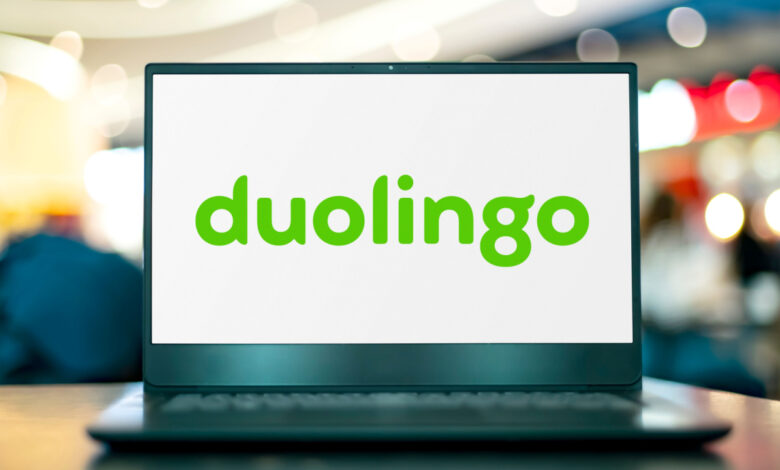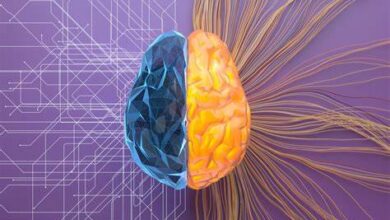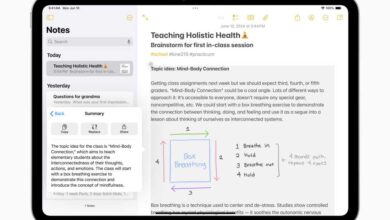Duolingo Credits GenAI for 54% Leap in Paid Subscribers

Duolingo reportedly credits generative artificial intelligence (AI)-powered features for the 54% leap in paid subscribers it recorded in the first quarter.
“What we’re seeing is that people are willing to pay even more to learn a language through generative AI,” Matt Skaruppa, chief financial officer at Duolingo, told the Wall Street Journal (WSJ) in an interview posted Friday (May 10).
Duolingo, which offers a language-learning app, also reported a 45% increase in revenue during a quarter in which other online learning companies reported declines in sales, according to the report.
The company’s Duolingo Max is a premium subscription tier that offers AI-generated feedback and conversations in various languages.
Duolingo aims to use generative AI to create a “human-like tutor experience,” the WSJ report said. It currently offers Duolingo Max, which is powered by OpenAI GPT-4 technology, in six countries for those learning Spanish and French, but it plans to add more languages.
Skaruppa told the WSJ that GenAI helps keep users engaged and helps build word of mouth, which is how Duolingo gets most of its new customers, per the report.
Duolingo has also found that GenAI has enabled it to accelerate its production of content. On some projects, the technology has reduced development time from five years to three months, the report said.
It was reported in January that Duolingo cut about 10% of its contractors due to its use of generative AI to create content, as it was shifting tasks from staff to AI tools.
At the same time, no full-time Duolingo employees were affected by the move, and many now use AI tools in their work.
The company now uses AI to generate scripts for language-teaching shows, making use of the technology’s ability to create text, speech and images quickly.
“We just no longer need as many people to do the type of work some of these contractors were doing,” a Duolingo spokesperson told Bloomberg in January.
Duolingo has also used AI, together with data gleaned from marketing campaigns, to learn more about its audiences and increase the utility of its platform for those audiences.



